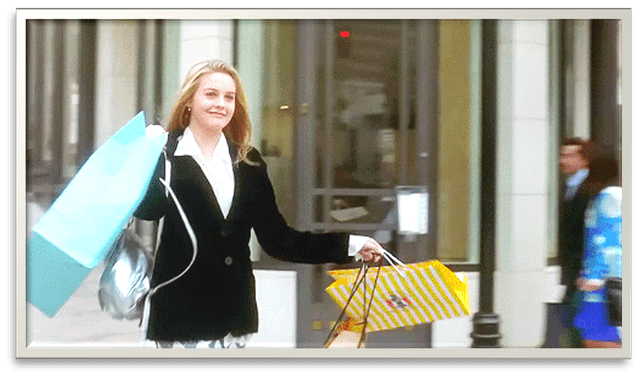Charity shops: Why I wish I’d thought of them
- Exhibited by
- Jen Ruthe
- Added
- August 20, 2020
- Medium of Communication
- Charity shops
- Target Audience
- Charity shop donors and shoppers
- Type of Charity
- All types
- Country of Origin
- UK
- Date of first appearance
- 19th century
SOFII’s view
We love charity shops here at SOFII so we were delighted that copywriter Jen Ruthe decided to champion them at I Wish I’d Thought of That 2020, the virtual edition. In her video presentation, audition winner Jen starts out with a brief history of charity shops and how they came about. She then celebrates the vital contribution they make to UK giving and details the remarkable work done by the British Heart Foundation (BHF) shops. Please watch her superb, seven minute presentation below. It is a wonderful reminder of just how crucial, fantastic and world-changing charity shops can be.
IWITOT Virtual 2020 - Jen Ruthe presents on charity shops
Background
Charity shops have been a ‘thing’ since the 19th century, starting with the Salvation Army who used to sell second hand clothes to the poor.
The idea really took off in WWII when the British Red Cross launched chains of permanent and temporary shops. They were soon followed by Oxfam, who had so many donations to their cause that they decided to sell off the items they couldn’t ship to their projects abroad.
These were humble beginnings, but it’s plain to see that the charity shop is a trend that was here to stay.
Summary / objectives
There are more than 11,200 charity shops across the UK. That’s a massive number, with data showing an estimated four per cent of all retail units to be shops. That’s not bad going given the current status of the UK high street.
They work to a simple model by taking something people don’t want and selling it as something people DO want, using the profits to change the world.
It sounds simple but – fun fact – I live in Brussels, and as I was cycling around one day, I noticed something unusual. Charity shops don’t really exist. You get vintage shops, and there’s one big social enterprise chain. But other than that, charity shops just aren’t there. And it is this realisation that made me see just how special they really are.
Special characteristics
Charity shops have an AMAZING social value. In a world of fast fashion, they have an important environmental aspect, encouraging us to re-use and recycle. There’s also the social benefit. They are community hubs. Great for volunteering, building skills and even helping people back into work. And of course, you can look fab for a fiver. Great for bargain hunters, and for those that can’t afford high street stores.
Charity shops are a break from the norm. They aren’t just your traditional ask.
They make giving accessible – or to a coin a new phrase, they ‘democratise’ giving. Not everyone can afford to donate, but most people have a bunch of stuff they don’t wear or use.
Charity shops encourage giving in different ways – like volunteering. People give their time (my dad has, for the last eight years), and there are something like 200,000 people volunteering across the UK’s charity shops. We all know if you volunteer you are more likely to donate. They are a great way to reach new audiences. They are a beacon for your brand that people are literally walking past on a day to day basis. They are draw for different demographics, that might sit outside your normal Dorothy Donor.
Results
Last year charity shops raised £295 million. That’s up from £270 million in 2015/16.
That’s a big number. And the best bit. The vast majority of this money is unrestricted. This is the money that pays for your rent, your staff, your fundraising. Who doesn’t need more of that? Personally, I give all of my stuff to the British Heart Foundation – they did particularly well out of my recent move to Belgium! They also happen to be the largest chain of charity shops in the UK, so I thought they would be a good example to showcase:
British Heart Foundation charity shop statistics
· 732 charity shops
· 74,000 tonnes of goods
· £23 million NET profit
· Includes £5.4 million of Ebay sales.
· But what I really love is how BHF have taken the concept and used it to engage a variety of different audiences. There’s the #Makeoverchallenge #BigStitch and #PackforGood (1,000 universities across the UK are involved), to name a few.
Influence/impact
Fundraising is about more than just asking for money.
With charity shops, people can give their time. They can give goods. They can buy stuff. I’ve never given a penny to British Heart Foundation, but thanks to the genius that adds up my donations, I know I’ve given them hundreds of pounds worth of funding and Gift Aid over the years.
There are many more people like me helping charity shops generate valuable unrestricted funding for their cause. And that, in the end, is why I wish I’d thought of that!

 View original image
View original image

















